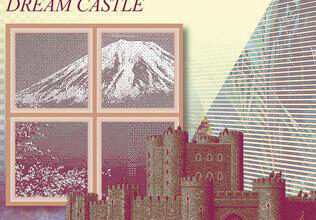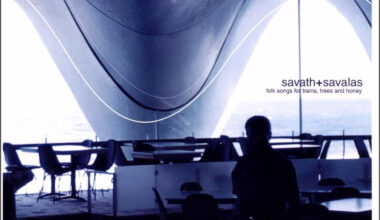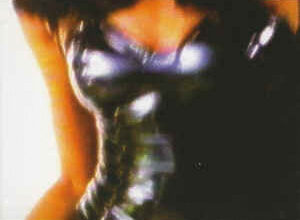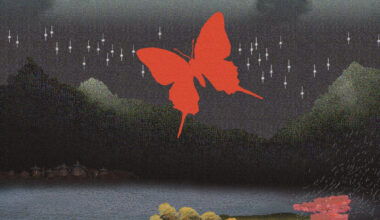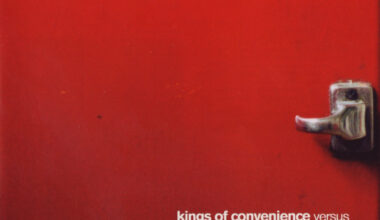Thick as thieves Beastie Boys’ compatriot Money Mark is perhaps best known for his eclectic 1998 album ‘Push The Button’, but his earlier debut, ‘Mark’s Keyboard Repair’, was really where it’s at

1995 was a curious year for electronic music. Following its crossover to the mainstream a year earlier, 1995 saw its metamorphosis become evident to a broader audience. The rapid, almost viral way that trip hop, jungle and electronica styles – to use the parlance of the day – infiltrated one another was nothing short of mesmerising, even if it left curious listeners wondering what the broad church of electronic music actually represented.
One of James Lavelle’s early Mo’Wax signings was Mark Ramos-Nishita, otherwise know as Money Mark. Nishita was a key figure in the Beastie Boys’ back-room team, hitching himself to their party wagon as they landed in California from New York and appearing on every album from 1992’s ‘Check Your Head’ onwards. But his 1995 debut solo full-length, ‘Mark’s Keyboard Repair’, was the point where Nishita stepped up to the front. As he sang on the album’s soulful last track, “sometimes you gotta make it alone”.
Had ‘Mark’s Keyboard Repair’ been executed in the 1970s, it would have been lumped into a terminally unfashionable jazz-funk bucket and would never have made it above ground. But this was 1995, and the British record-buying public were pretty much up for anything and so ‘Mark’s Keyboard Repair’ settled improbably at the low end of the Top 40 album chart.
The main reason for its success was that it was so damn funky; most trip hop could only hope to deliver grooves like the ones in Mark’s repertoire, but here was someone casually throwing out hooks, breaks and percussion loops like an imaginary lo-fi jam between George Clinton, Booker T and Stevie Wonder circa ‘Songs In The Key Of Life’. Organs, vibes, kazoos, vintage electronic pianos and battered old synths – pretty much anything that could deliver a meaningful melody was fair game for Money Mark. And, on tracks like ‘Don’t Miss The Boat’, Mark added vocals that nestled somewhere between Isaac Hayes, Barry Adamson and Jon Spencer.
The whole thing was so utterly off-the-wall it proved irresistible. OK, so other artists would pepper their breaks with humorous samples (see J Saul Kane’s Depth Charge, early DJ Shadow, the entire Wu-Tang back catalogue etc), but Mark made every instrument, every dusty old keyboard or drum machine, sound fun to play. Some of the melodies he bashed out – such as on ‘Insects Are All Around Us’ – couldn’t help but make you smile. But under that wacky lackadaisical vibe lurked the virtuosity that might make Nishita electronic music’s Les Dawson, whereby learning to unplay an instrument requires you first to be able to play it to an exceptionally high standard. It’s that visionary, scholarly musicality that made Nishita such a dependable sparring partner for everyone from Damo Suzuki to the Chili Peppers.
‘Mark’s Keyboard Repair’ has managed to stand the test of time principally because it was never really of a particular era in the first place. Twenty years on, it still sounds maddeningly fresh – and still ridiculously good fun.

